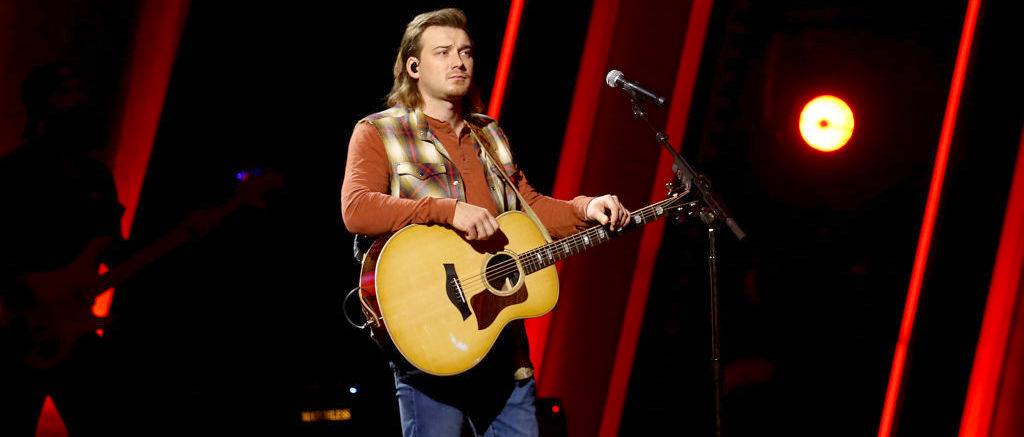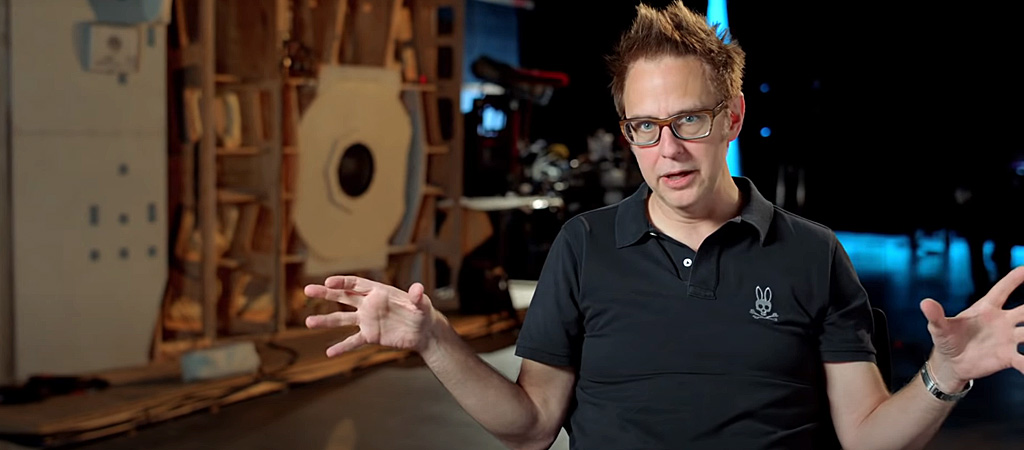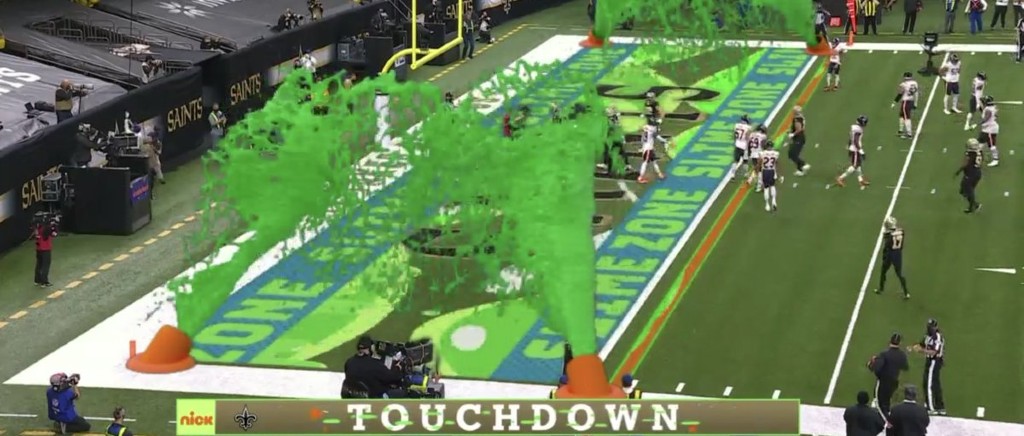
The Golden Globe nominations were announced today and, in some completely unsurprising news for anyone who’s watched (or re-watched) Ted Lasso this year, the sentimental sports comedy scored big.
Creator and star Jason Sudeikis nabbed an acting nom while the show itself got some love in the Best TV Comedy category. With the awards recognition, it felt like a good time to chat with show co-creator Bill Lawrence – about the industry love, yes but more importantly, about the show’s heart, why fans are loving it, and where it’s going in season two.
And, obviously, that Allen Iverson speech.
Congratulations on the nominations. They’re so well deserved, and I know Twitter agrees with me. Did you guys have a gut feeling you might get recognized, just because of all of the fan love?
[laughs] It’d be so un-Ted Lasso if we were all sitting around talking about what awards we hope we get. I think Jason would be the first one to tell you that it wouldn’t be something that Ted himself was that concerned with. I’m sure it sounds like a cliche, but this is not a show where we’re really tracking any of these things. I mean, I forgot that this was happening and got a call this morning. I’m lucky enough to be here in L.A. Jason, he’s running the ship. Those guys are over there shooting the fourth episode now in London and in the middle of production. There’s still COVID stuff out there. So I think everybody was tickled and happy today, but what the coolest thing for us has been tracking social media, getting to see people’s reactions to the show in real-time from when we launched it to now. That’s been super fun and we’re crazy grateful for it because we had no idea how the show would be received.
There are other feel-good comedies out there. You’re nominated against some of them. What makes Ted Lasso stand apart?
All I can tell you is that when we first did the show, there wasn’t a quarantine or pandemic or anything, but we did talk a lot about how cynical and negative and dark the discourse has gotten, not only with politics but on social media. We talked about in the writer’s room how, if any of us met Ted Lasso in real life, I mean if I did, I would at first be like, “Oh, in a couple of weeks, this person will reveal himself to be an asshole.” And then when they actually turned out to be that kind and empathetic and forgiving and optimistic and hopeful and all those things — then you kind of have to take a look at yourself. We didn’t know at all how it would be received or why it is being well received, but, as a group, we kind of felt like it was therapeutic to work on. So to be honest, that was enough. We were tickled that people dug it, but just doing the show and getting to be around that attitude and writing about it and working around people that felt that way was why [we did it.]
Do you think that trend of heart-felt comedy is going to continue now, because of streaming?
TV moves in waves. I think the coolest thing about all these platforms for different shows is there are a lot of genre busters out there. I think if you had seen the initial videos, it was intentionally slapstick-y and sketch-like. I think we got to sneak up on people a little bit and it helped us be a little deeper and a little more emotionally resonant than maybe what they saw coming.
The character of Ted Lasso changed from those early commercials to what we see on the show. How did Jason pitch him to you?
[To see] Jason get nominated for Best Actor, I think it’s incredibly well-deserved. He’s really crushing it. But it makes people think he’s just the actor. He is Larry David on this. He’s head writer, he’s the actor, he’s the executive producer. So he is wearing a ton of hats. I’m lucky that he suckered me in because I was chasing him to do some other show and he talked about how Ted Lasso could be something. I’d seen those commercials. They’re super funny, but very sketch-like and broad. He knew from the start he’s like, “I want to turn that guy into a character with a lot of emotional pathos in his life and some real emotional depth [with] people who underestimate him.” So he knew ahead of time that dude had all those levels and it was what made it really interesting for me to get in and write and be involved with.
Can we talk about the Allen Iverson locker room speech, because we all know that’s what cinched this nomination for you guys.
That was 100 percent Jason Sudeikis. He insisted on it. And here’s what a good guy he is: he didn’t rub it in my face. In editing, I tried to cut it down and I’m like, “We don’t need all of this.” And he was adamant and really passionate about it, how he wrote it and performed it. The testament to his kindness is as we get to watch people on social media love that scene and react to it, he hasn’t once texted or emailed any “I told you so” messages. He hasn’t even forwarded a tweet to me; you know what I mean? Were it not for him, that would be on the cutting room floor.
Do you have any other famous sports rants you want to weave into the show now?
[laughs] It’s hard not to go online and watch all those. There was a great one with that guy talking about making the playoffs — Colts coach, Jim Mora, I think.
The show tackles male friendship in a really refreshing way. Is that intentional, or just a by-product of who the character is?
It’s a combo. I mean, it’s something we talked a lot about with the Diamond Dogs, how they would interact. Maybe I’m just way too optimistic, that this is a portrayal of a huge percentage of male friendships. I always attach it to Zach Braff and Donald Faison, who are still best friends and doing a successful podcast together because their male friendship on Scrubs back in the day, it translated because it was real. It was how those two guys really interacted with each other on a day-to-day basis. So I guess I’m saying I might be an eternal optimist, but I believe male friendships like this aren’t a rarity. Maybe they’re just a rarity on television.
Where does Ted Lasso go from here?
Even before we brought the writing staff on, we had a story we wanted to tell. We already know the beginning, middle, and end. They’re off shooting the middle right now. As somebody who selfishly loves the show and enjoys the group that I get to work with, of course I hope that eight years from now that you and I are on a call chatting, “So Ted’s coaching an ice hockey team now back in the States.” And I’d be like, “Yeah, we’re really excited about it.” But I certainly know the beginning, middle, and end of the story we’re telling now.
When he starts enjoying English breakfast tea, is that the end? His full-circle moment?
That’d be a bad sign. The first time he takes a sip and thinks it’s delicious, I’m sure the show will be over.

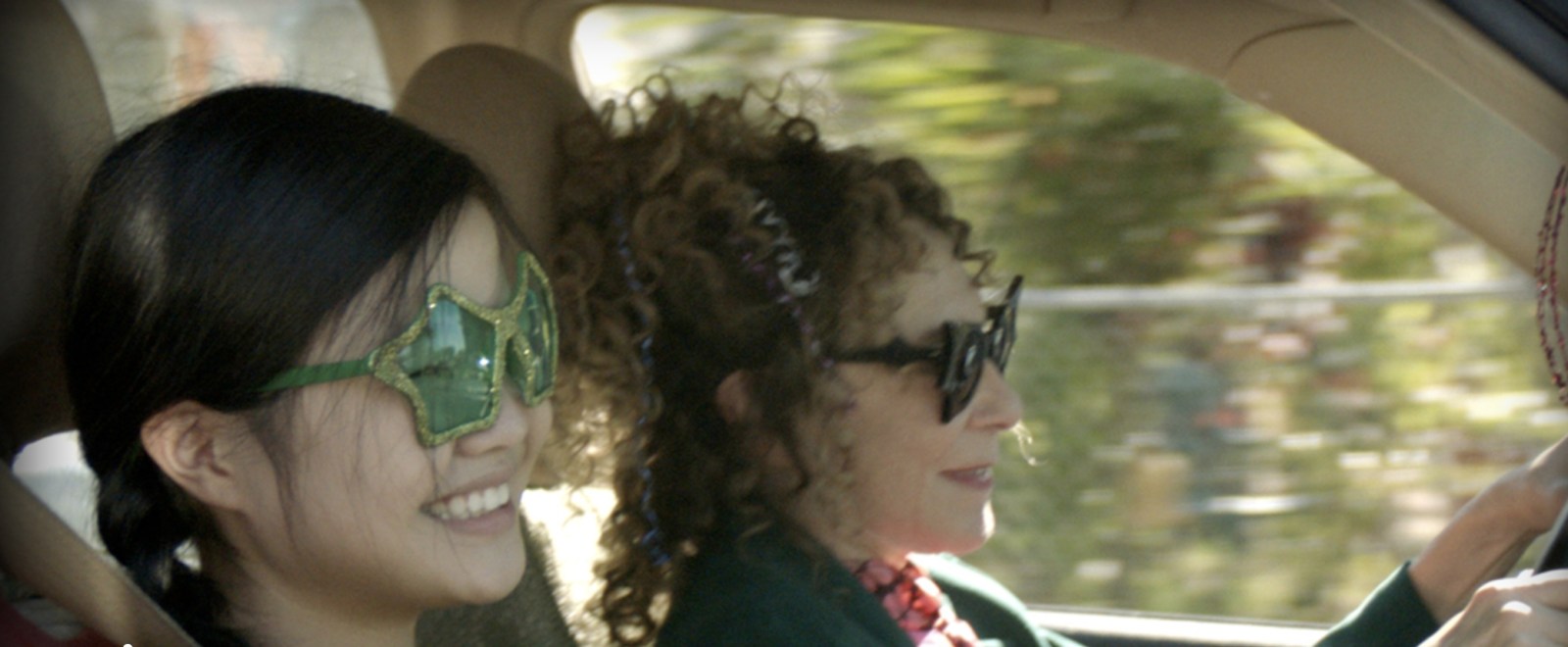
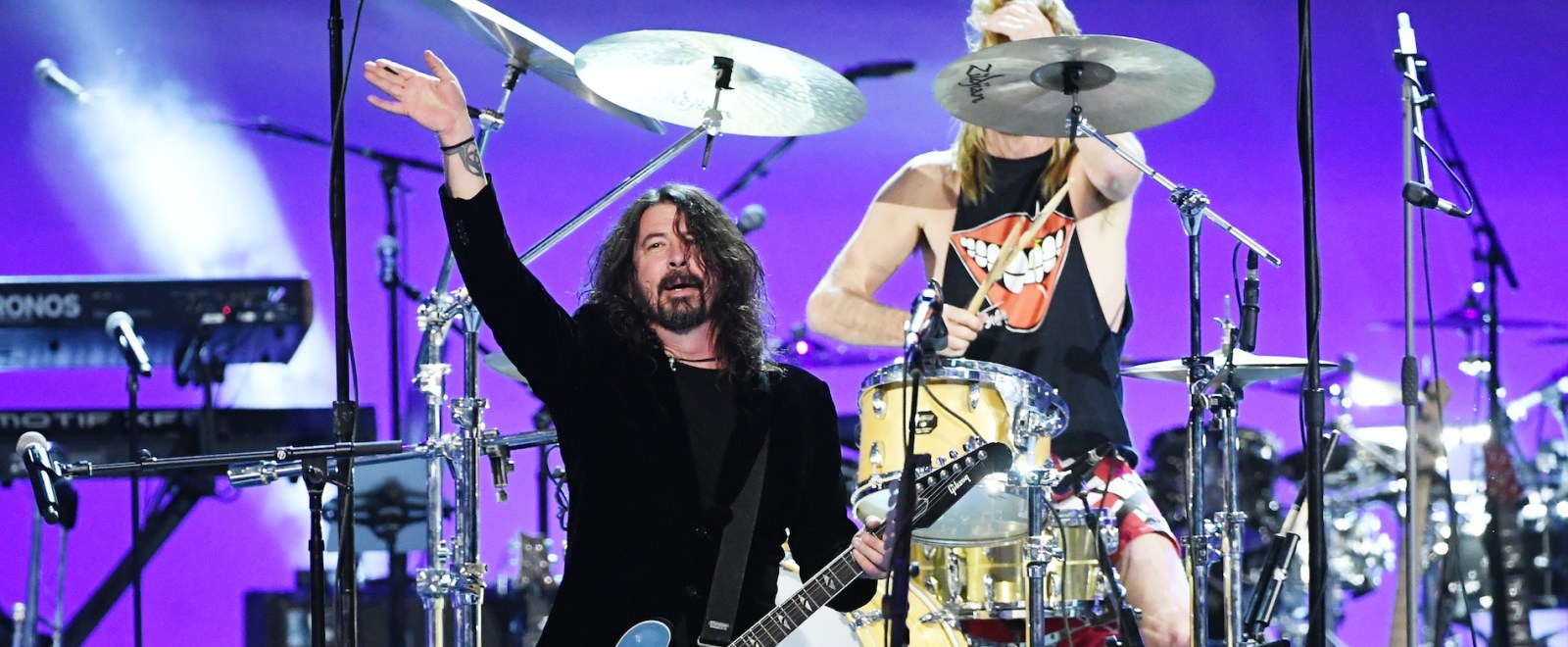

 (@crzyfkinworld)
(@crzyfkinworld)  Miss Piggy is like:
Miss Piggy is like: 

 (@DemTweetsThoSis)
(@DemTweetsThoSis) 
 (@summer7570)
(@summer7570) 